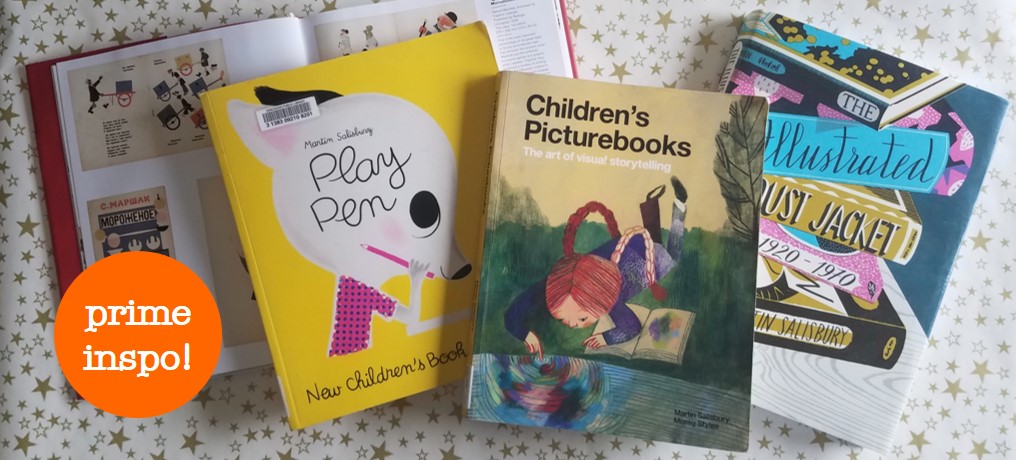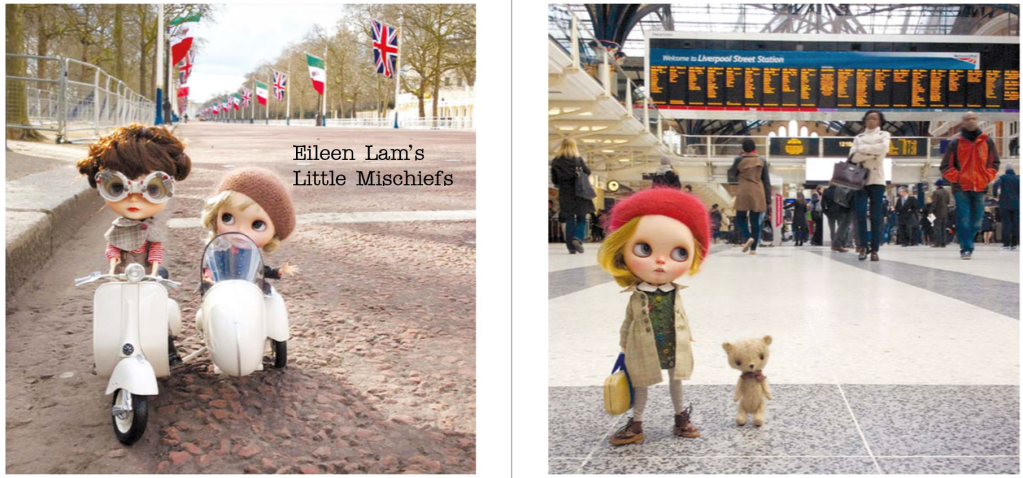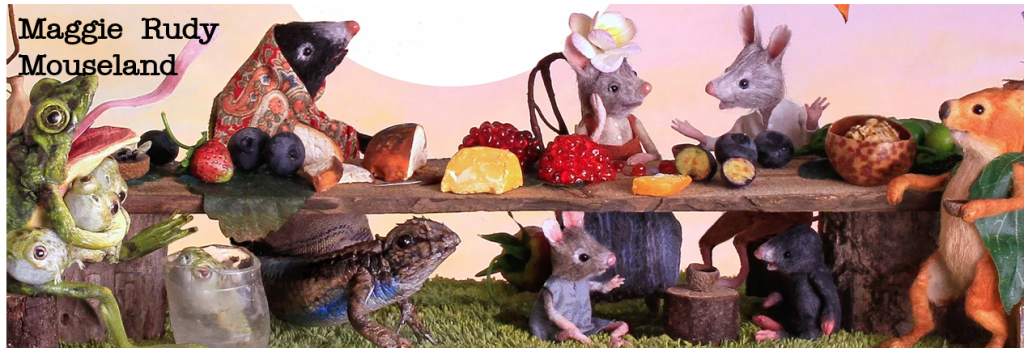Here’s a different kind of beach read for anyone who enjoys visual inspiration and just plain great graphics. I started reading this book, one page at a time, as we packed up to move from San Francisco. I loved it. Then it disappeared. Only recently I finally found the box of books where this beloved tome was hiding:
100 Great Childrens’ Picturebooks. “This unashamed visual feast celebrates the best designed and illustrated picturebooks from around the world over the past one hundred years”. Working chronologically from the earliest color-illustrated books for children, this book works its way across time and around the world, including Russian Constructivists, Italian Futurists, Postwar Neo-romantics and so much more. It’s fascinating to follow the changes in what was offered to children and to learn more about the illustrators. The introduction promises. it will be “fearlessly confronting the frontiers between a child’s picturebook and art, this is a collection of books that anyone with an interest in design, illustration, or simply children’s literature should know about.” Sweet, spicy, challenging, it’s all here. Gotta love it!
…and once I got started on Martin Salisbury I just couldn’t stop. I’m pigging out on 3 more titles our beloved library lets me enjoy:

Play Pen by Martin Salisbury is focused on contemporary children’s book illustrations, recognizing that the visual world children live in today is full of movies, cartoons, tv, video games, etc. Each illustrator gets 4 pages, showcasing a variety of their works, and including some of their own words about their experiences and approaches to illustration.
Children’s Picture Books, the Art of Visual Storytelling by Martin Salisbury. This is a thought-provoking, deep inquiry into the industry, concepts, practices and techniques that contribute to the creation of the picturebook. And, of course, it’s visually rewarding.
The Illustrated Dust Jacket 1920-1970 by Martin Salisbury. And then veering off from children’s material altogether, this is a compendium of graphic design for book covers from both sides of the Atlantic. Organized alphabetically by illustrators’ last names, it includes both famous and lesser-known artists and discusses both their works and their lives. Another visual feast.
I’m recommending these all as summer reads because I can so easily imagine lounging in a hammock or outdoor chair and just picking any page or two at random to inspire delicious daydreams.







